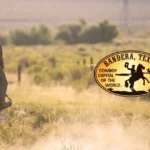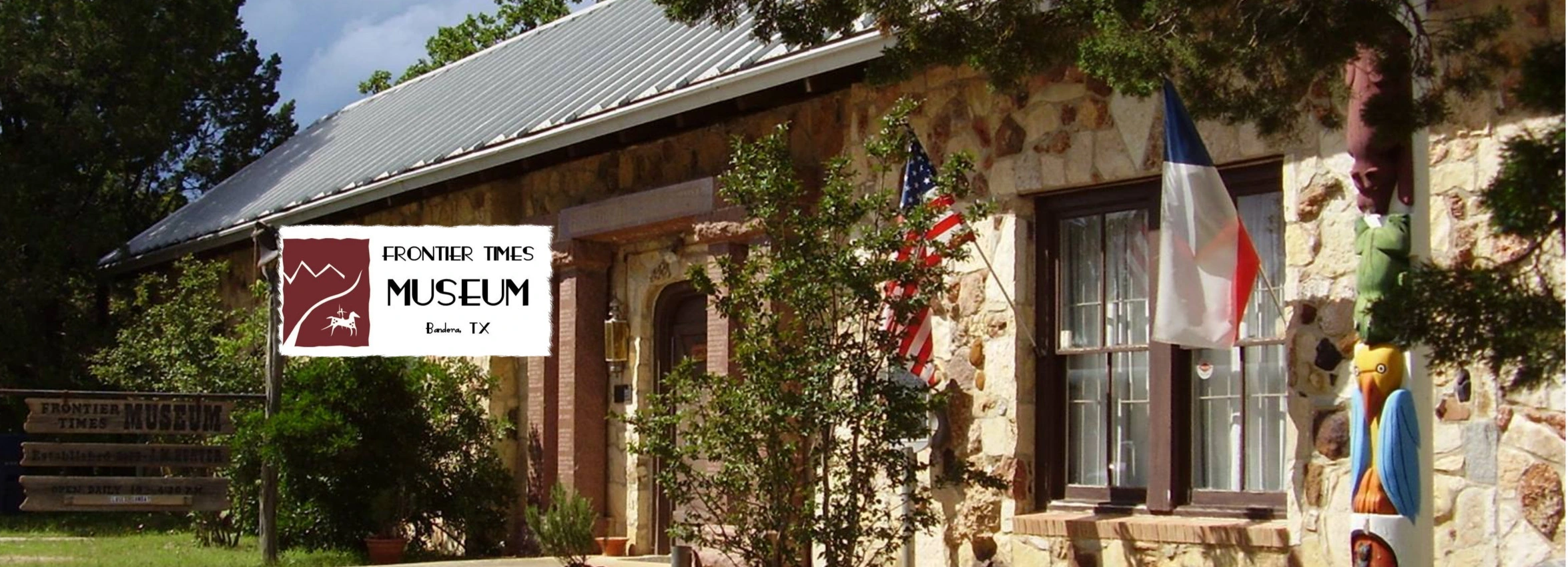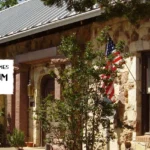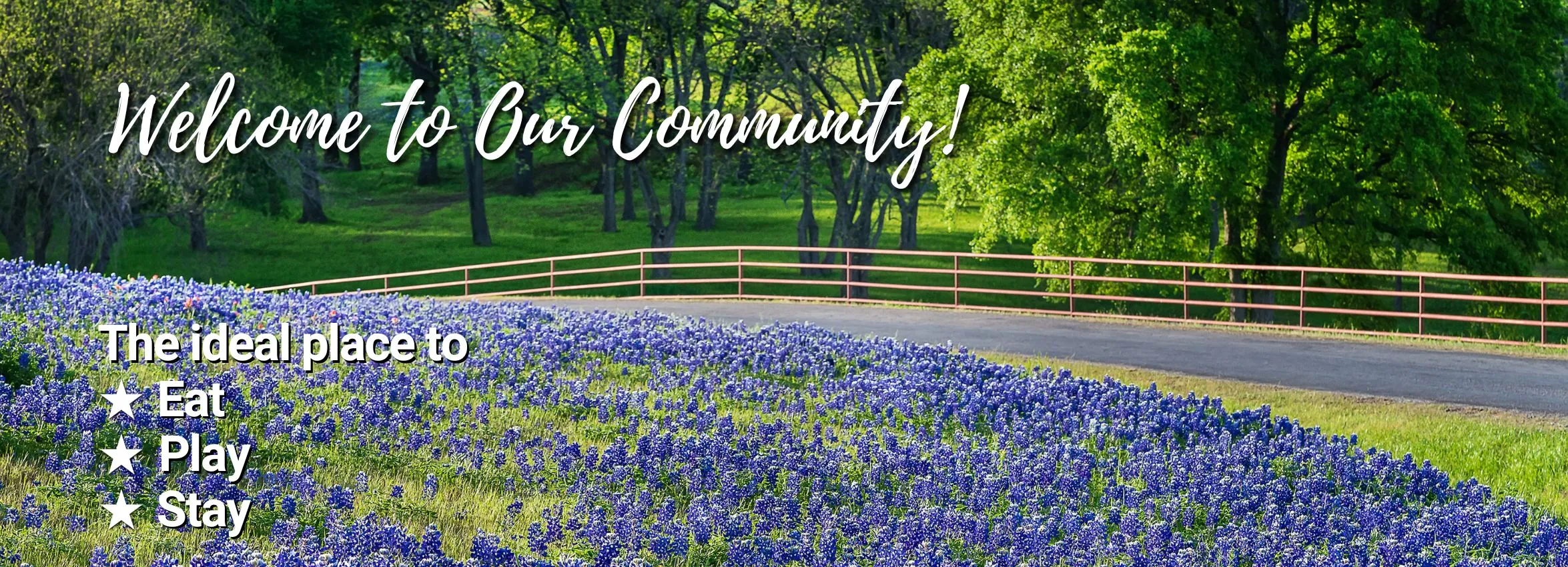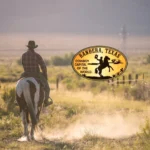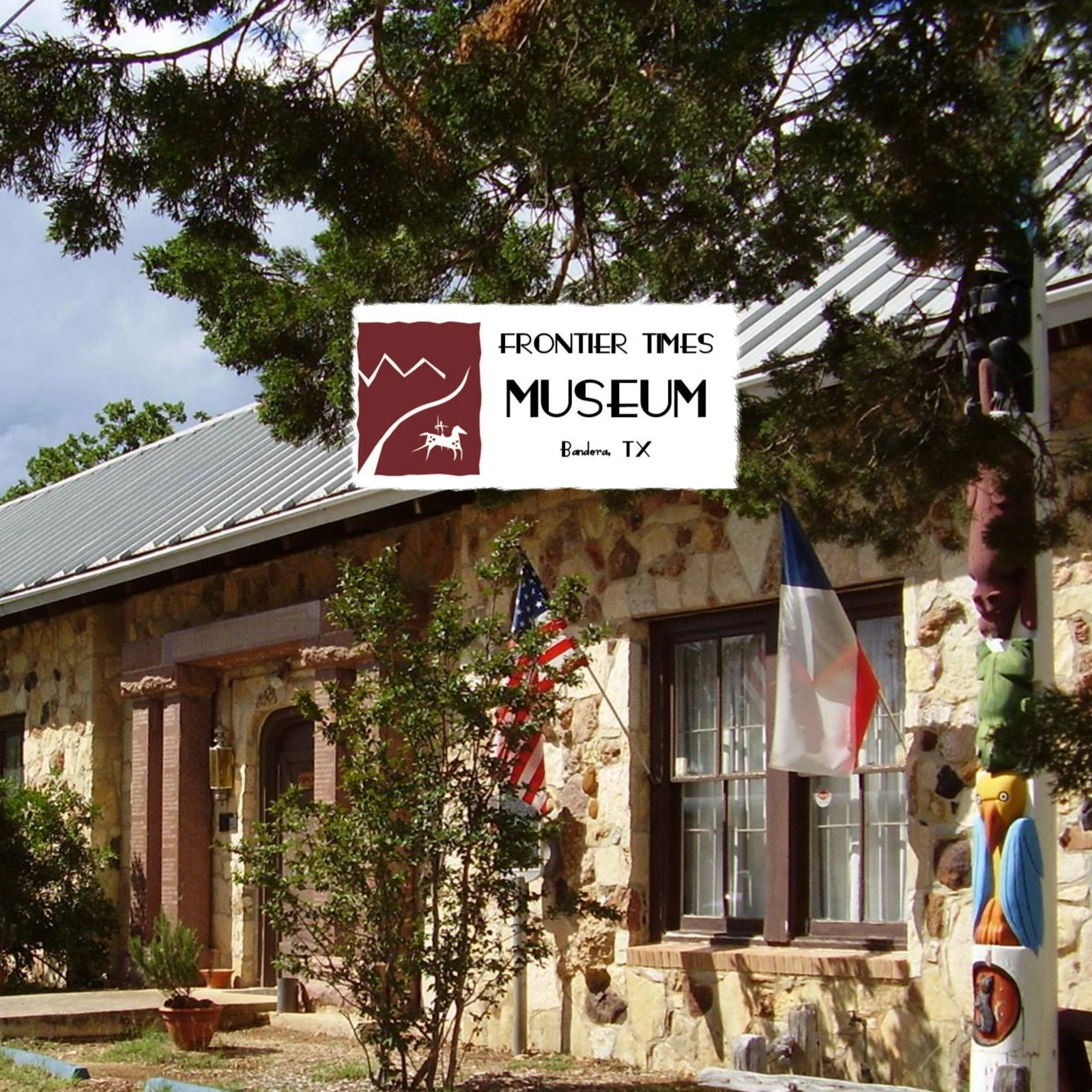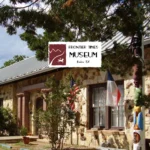The Captivating History of Bandera, Texas: The Cowboy Capital
Texas, with its vast landscapes and rich cultural heritage, has a lot to offer to history enthusiasts. However, few cities can match the charm and historical significance of Bandera. Often dubbed as the ‘Cowboy Capital of the World’, the history of Bandera Texas is as colorful as its vibrant present. Let’s saddle up and journey through time to discover the roots and evolution of this remarkable city.
1. The Native American Era
Long before the cowboys and settlers, native tribes such as the Apache and Comanche dominated the land. Their legacy can still be seen in the rock art and artifacts that pepper the region.
2. Spanish Exploration and Settlement
In the 18th century, Spanish explorers and missionaries ventured into the area, attracted by its natural resources. They set up missions, which played an instrumental role in the cultural blend of the region.
3. The Birth of Bandera
Bandera’s foundation was laid in the mid-19th century by a group of Polish immigrants. They had bought land from John James and Charles De Montel, and soon, the settlers began arriving, marking the start of a thriving community.
4. The Golden Age of Cattle Drive
The late 1800s witnessed Bandera emerging as a significant hub for cattle drives. Cowboys from all around gathered here, making it a bustling center of trade, music, and dance.
5. Bandera’s Role in Wars
During the Civil War, Bandera’s strategic position made it a vital location. Later, its residents also contributed significantly during World War I and II, with many enlisting and serving their country.
6. The Birth of Dude Ranches
The 20th century saw a shift from cattle trade to tourism. Bandera transformed its vast ranches into dude ranches, attracting tourists eager to experience the cowboy life. Horseback riding, rodeos, and campfires became the city’s new identity.
7. The Legacy of Music and Dance
Country and western music have deep roots in Bandera. Over the decades, it has produced numerous notable musicians and has been a hotspot for honky-tonk and dance halls.
8. Natural Disasters and Resilience
Bandera has faced its share of challenges, from droughts to floods. But each time, the community’s spirit and resilience have shone through, rebuilding and emerging stronger.
9. The Cowboy Capital Today
Today, while the city is modernized, it fiercely holds onto its heritage. Annual rodeos, historic reenactments, and traditional festivals keep the legacy alive.
10. Preserving the Past for Future Generations
Efforts to conserve Bandera’s rich history are evident. Museums, historical markers, and preservation societies work tirelessly to ensure that the stories of the past are not forgotten.
Conclusion
Bandera’s journey from a native land to the modern-day ‘Cowboy Capital of the World’ is nothing short of fascinating. The city’s history is not just a series of events but a testament to the indomitable spirit of its people. Whether it’s the native tribes, the brave settlers, the iconic cowboys, or the modern-day residents, every chapter of Bandera’s history resonates with resilience, culture, and an unwavering love for the land. As we stroll through its streets or ride along its trails, the echoes of the past accompany us, reminding us of the rich tapestry that makes Bandera the treasure it is today.

